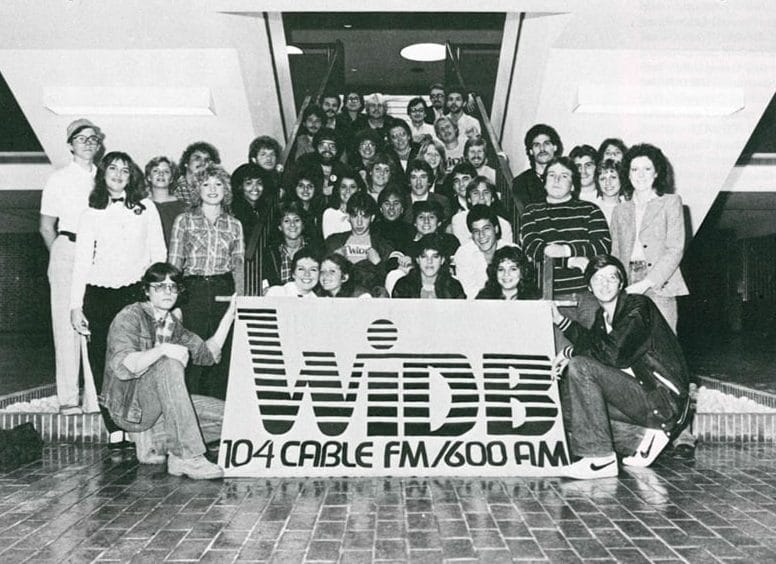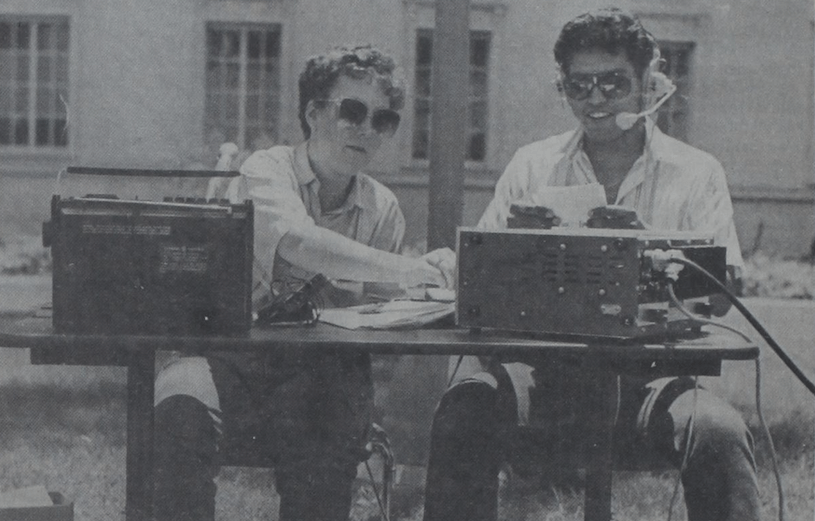Today is World College Radio Day, so it is the perfect time to reflect on college radio and its importance in the media landscape. It might seem as though radio is an antiquated medium, but there is a reason every automobile still comes with one installed. There are still hundreds of radio stations all across the country with dedicated staff who broadcast music and entertainment to millions of people every day. Many of those people learned their craft at a college radio station.

But beyond its purpose as a training tool, college radio also continues to serve a purpose that has largely been lost in commercial radio: localization. As large conglomerates like IHeartMedia (formerly Clear Channel) reduced the number of independent commercial stations in a given market, replacing locally programmed formats with national satellite feeds, college radio has largely maintained its independence and local focus. College stations are still generally programmed by students who choose their favorite music and talk about issues affecting their local community. The result is an eclectic mix that can take listeners on a voyage of discovery; that is difficult to find in the commercial radio space.
The spirit of college radio lives on in the college students who dedicate their time and effort, usually for little or no money, to bring music and information to their community. It can sometimes be a thankless task, especially in today’s crowded media landscape. This is especially true given the more limited options these students have to take their radio careers to the next level after leaving school. Many universities have reduced or eliminated funding for the student radio station, and some have even sold their FCC licenses for a short-term economic gain. The fact that college radio perseveres in such a difficult climate speaks to the dedication of the students and faculty at each station that remains on the air.

